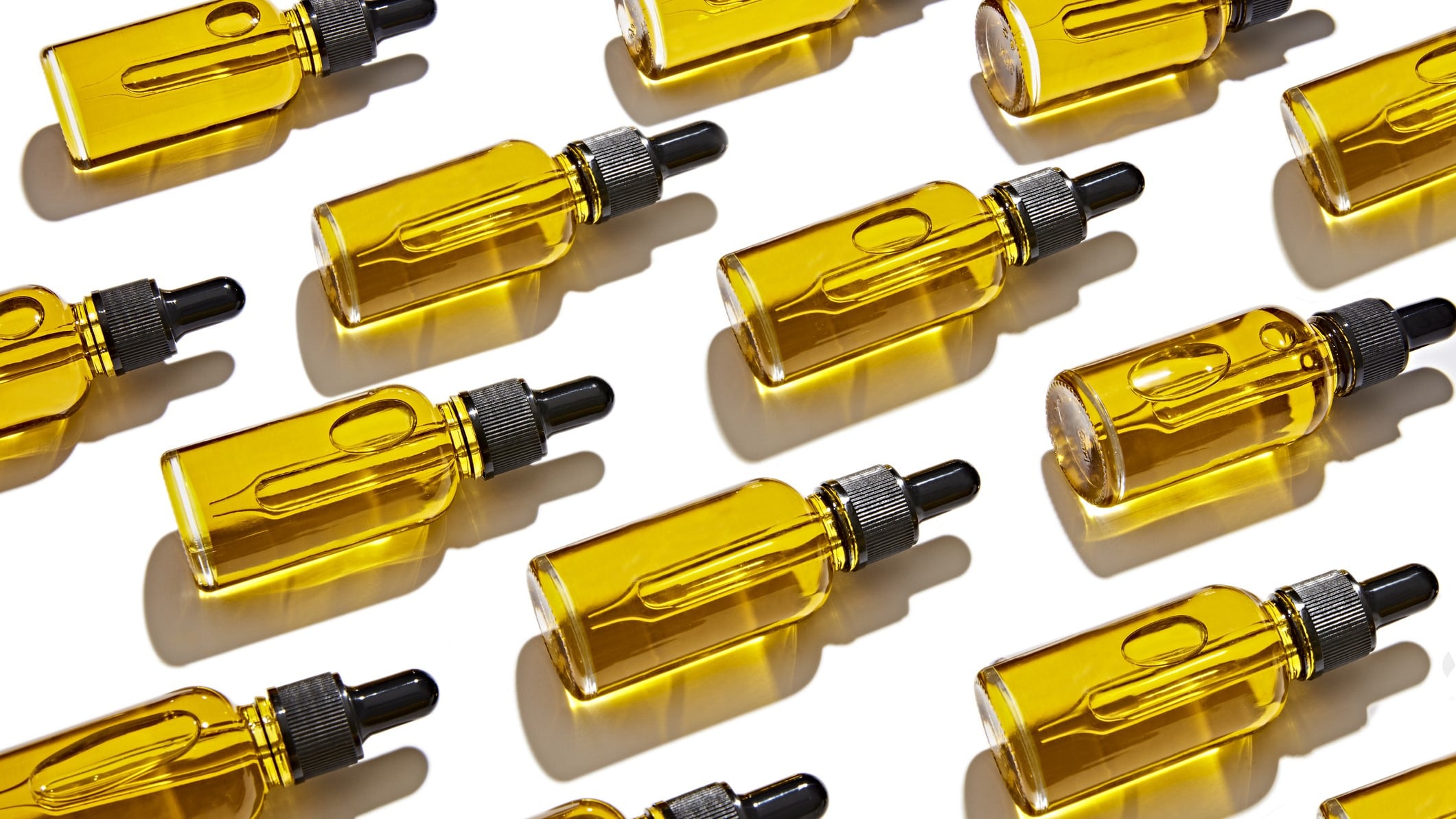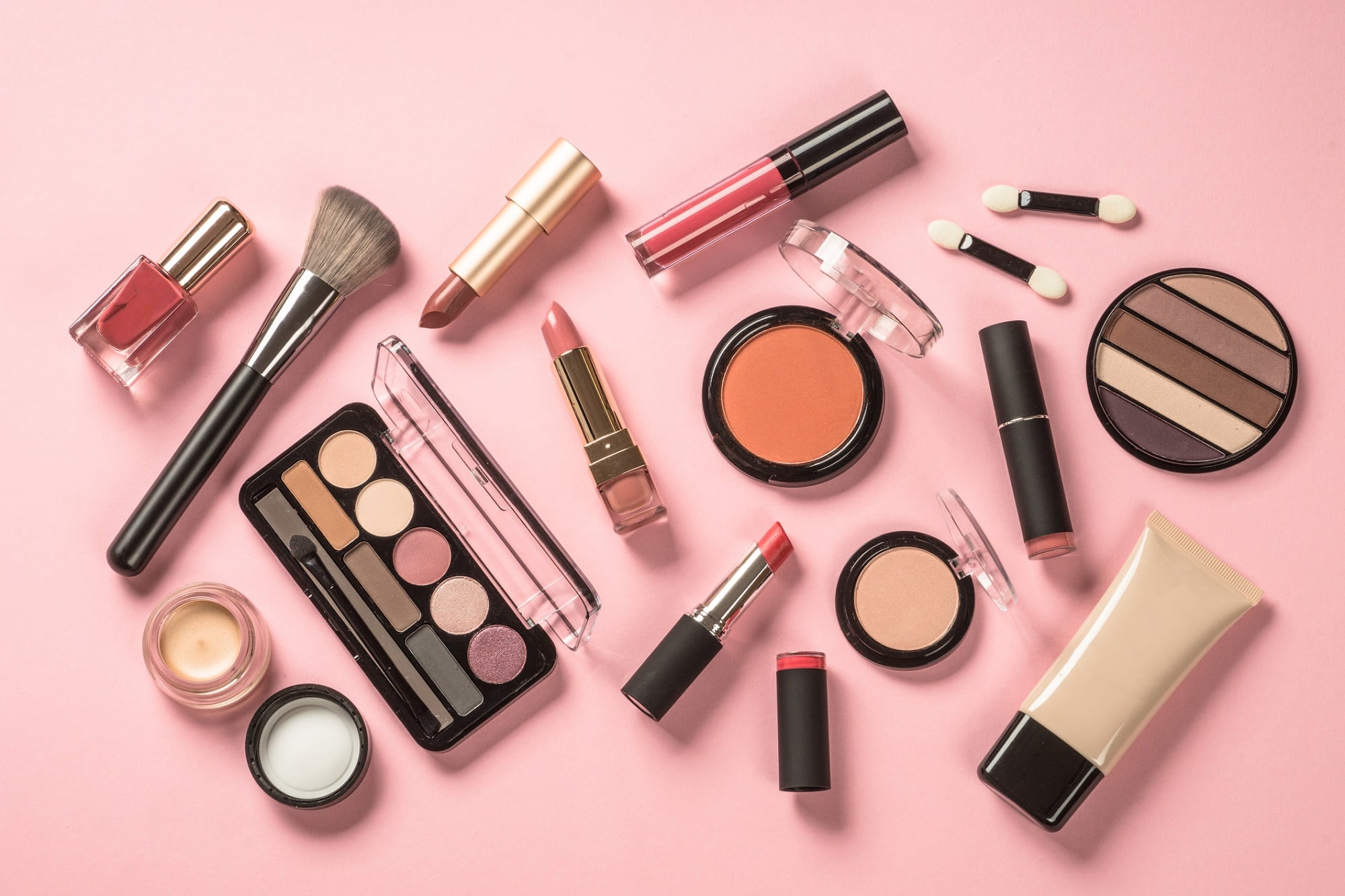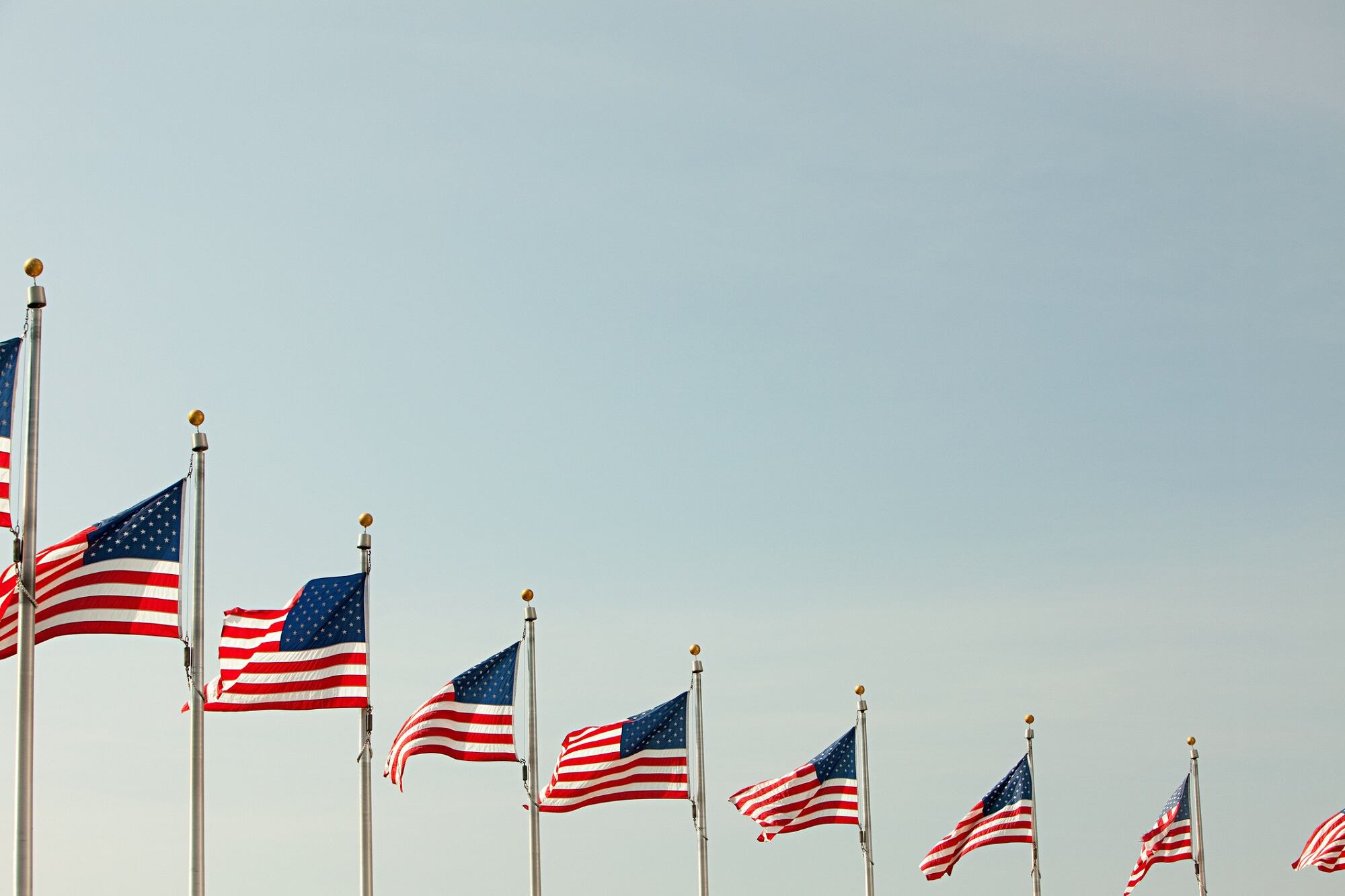New Zealand
In 2023, New Zealand’s Environmental Protection Agency (EPA) consulted on new draft of the Cosmetic Products Group Standard. After hearing out all comments and recommendations, the industry can expect it to publish a draft of changes by January 30, 2024.
Stakeholders can expect a significant update with more alignment with the European regulations.
“We haven’t updated the standard for quite some time so its well overdue for an update. What it will do is realign with what Europe does. At the same time, this will keep us align with the ASEAN Cosmetic Directive (ACD) in particular. As an exporting country, we want to make sure we are aligned to those markets,” said Garth Wylie, technical executive director of industry association, Cosmetics New Zealand.
Wylie highlighted some exceptions, including the listing of banned or listed allergens on labels.
“We are not going to implement that and it’s not part of the proposal. That is partly because you’ve got products that might come in from the US, Australia, or elsewhere that doesn’t have those labels. Instead, we’ve got an international labelling clause within the Cosmetic Products Group Standard which allows for Australia, US, UK, or European labelling to be used in New Zealand as long as they comply with the standards.”
Additionally, the standards will continue to allow the use of zinc pyrithione (ZPT). It is commonly known as an anti-dandruff agent and was initially banned in 2022 by the European Commission. ZPT has also been noted as a potential threat to marine ecosystems, particularly coral reefs.
“The reality is that New Zealand doesn’t have coral reefs. We have some what we call black corals far south of the South Island, but nobody goes there, and you wouldn’t be swimming there because the waters would be far too cold. So, this type of ban or restriction would be impractical from a New Zealand perspective,” said Wylie.
He added: “That’s assuming of course there’s even a reason to ban it in the first place. As an industry body, we actually don’t believe that those bans stack up or that the testing and data is actually valid.”
Another major change to expect would be the ban on Per- and polyfluoroalkyl substances (PFAS). Banning or regulating PFAS has become a significant environmental and public health concern due to their persistence in the environment, bioaccumulation in living organisms, and potential adverse health effects.
In cosmetics, PFAS are sometimes used to improve product spreadability and water resistance, for instance.
New Zealand’s EPA has already announced that it would completely ban PFAS in firefighting foams from December 2025 onwards.
It has proposed to ban the use of all PFAS in cosmetics from December 31, 2025.
“While there may not be significant cause for alarm over their use in cosmetics, research into the potential health effects continues and we’ve taken a cautious approach to regulating these chemicals,” it said in the statement dated September 2023.
China
China’s heightened supervision over the cosmetics market is evidenced by the recent case of a Japanese company that failed an unannounced inspection conducted by the National Medical Products Administration (NMPA).
The company was found to have made unauthorised changes to the production process of a hair cream product, raising suspicions that the processes had not been compliant with the technical requirements stated in the registration dossiers.
In 2024, there are two notable regulatory requirements in China that will come into effect.
Starting from January 1, cosmetic registrants or notifiers must provide safety information documents for all ingredients used in a product formula, when applying for registration of special cosmetics or notification of general cosmetics.
This can be done by either submitting Annex 14 of the Provisions for Management of Cosmetic Registration and Notification Dossiers or obtaining an ingredient submission code from the NMPA. The latter allows companies to conveniently link the ingredient safety information during the product registration or notification process.
This follows China’s enactment of the Convention of Abolishing the Requirement of Legalisation for Foreign Public Documents on November 7, 2023.
The Convention aims to streamline the transnational circulation of official documents and foster international trade activities. It comprises 125 members, including APAC countries like Indonesia, Japan, South Korea, Saudi Arabia, Singapore, Australia and New Zealand.
Previously, documents for importing cosmetics, new cosmetic ingredients, and toothpaste from certain countries, including authorisation letters and Good Manufacturing Practice (GMP) documents, were required to undergo notarisation and consular legalisation by local authorities. In China, these documents were to be submitted to the National Medical Products Administration (NMPA).
With the enactment, documents only need an Apostille Certificate from the authority. The certificate solely verifies the authenticity of the seal and signature on the documents, without being responsible for the content’s authenticity and legality.
Companies looking to enter the Chinese market are expected to capitalise on this change, which will potentially expedite the registration and notification process for imported cosmetic products.
On the flip side, from May 1, cosmetic registrants and notifiers will be required to submit a full version of the product safety assessment report, which includes a systemic toxicological assessment, preservative challenge testing, and packaging material compatibility testing.
Currently, a simplified version of this report is permitted when applying for product registration and notification.
“One of the main challenges in preparing the full version is the requirement to provide systemic toxicological data for each ingredient. There are approximately 9,000 permissible ingredients in China, many of which are plant extracts that may have limited toxicological data available,” said Hedy He, a regulatory consultant with Chemlinked.
This means that companies looking to use ingredients with insufficient toxicological data will need to invest financial resources into testing.
“At the moment, registrants and notifiers of cosmetic products utilising these ingredients can supplement the simplified safety assessment report with local toxicological tests, such as for acute skin irritation and eye irritation.
“However, these local toxicological data will no longer be accepted following the implementation of the full-version requirement. This would significantly increase the costs and complexity of preparing for the report.”
Additionally, the NMPA unveiled the definitive edition of the Provisions for Management of Toothpaste Notification Dossiers on November 22, 2023. It specifies the responsibilities and obligations of toothpaste notifiers, user information-related dossiers, and necessary documentation for initial toothpaste notification, among others.
The Chinese oral hygiene market is expected to grow at a CAGR of 4.43% to reach USD9.27bn by 2028, according to Mordor Intelligence.
The more rigorous approach to regulating toothpaste products is said to have raised entry barrier, and increased costs and time to market.
To address the issue of waste resulting from implementation of the new measures, the NMPA has introduced simplified notification document requirements for toothpastes in the market before December 1, 2023, have no incidents related to quality and safety, and possess comprehensive evidence of history of safe usage.
For example, if a product label only has formatting issues, companies should amend them in accordance with the regulations before July 1, 2024. Packaging labels that are already in use can continue until that date.
Kick-off 2024 by discovering the trends shaping the next generation of beauty consumers. Join us at the Beauty Forward 2024 digital summit taking place January 29 to 31. Register here for FREE now.
Taiwan
Last October, the Taiwan Food and Drug Administration (TFDA) released updated guidance documents concerning the establishment of the product information file (PIF) for cosmetics.
It announced that starting July 1, 2024, there will be a change in the regulatory classification of specific purpose cosmetics in Taiwan. Currently regulated under specific regulations, these cosmetics will be reclassified and regulated as general cosmetics from the specified date.
In Taiwan, cosmetic products are categorised as either general cosmetics or specific purpose cosmetics. The latter encompasses items like sunscreen, hair dye, and tooth whitening, as outlined in the List of Specific Purpose Ingredients in Cosmetic Products.
Presently, specific purpose cosmetics are subject to pre-market registration with TFDA.
However, come July, all specific purpose cosmetics will be reclassified as general cosmetics. This transition will alter the pre-market obligation from registration to a notification process, coupled with the requirement to establish a PIF.
To prepare for and align with these upcoming changes, TFDA has proactively revised the guidance documents. These adjustments aim to ensure that the cosmetic industry adheres to the updated regulations and compliance standards, facilitating a smooth transition as the new framework takes effect.
“The primary objective of Taiwan FDA's implementation of PIF requirements is to enhance the independent management capabilities of enterprises, improve product quality, ensure the safety of cosmetics consumption, and align with international standards,” said He.
She explained that this new process is anticipated to simplify procedures for cosmetic companies.
“The initial impact of the new requirements for preparing PIF will be on specific purpose cosmetics. Starting from July 1, 2024, the market entry requirements for specific purpose cosmetics will shift from registration to notification and the establishment of PIF,” said He.
“This means that specific purpose cosmetics will no longer undergo a cumbersome registration process but will instead follow a more streamlined notification system. This change is expected to reduce the burden on specific purpose cosmetics companies and expedite the product launch process.”
United States
Over the past year, beauty and personal care companies have been preparing to comply with the upcoming Modernisation of Cosmetics Regulation Act of 2022 (MoCRA).
The landmark regulation amends Chapter VI of the Federal Food, Drug, and Cosmetic Act (FDCA) and represents the first update to US cosmetics law since 1938. It significantly expands the authority of the US Food and Drug Administration (FDA).
This US regulation has far-reaching impact on the global cosmetics industry. For instance, it will require both US and foreign cosmetic facilities to register with the FDA.
Mike Sohn, CEO of Reach24H, told us that MoCRA was likely to impede the US-bound ambitions of some Asian cosmetic companies.
“The beauty industry is very fast paced; it’s about fashion and trends. Once you have this regulatory hurdle, a new one that has never been implemented before, it’s definitely going to slow down market penetration and entry.”
It was a welcome development for the industry to learn that the FDA extended MoCRA's product listing and cosmetic manufacturing facility registration compliance statutory deadline from December 29, 2023, to July 1, 2024.
“This is a much-needed relief to the industry as it provides a more reasonable timeline for navigating the new portal and successfully submitting the required information – especially for emerging brand decision-makers who may not have the regulatory expertise that more prominent brands do,” said Erin Delatorre, who is a member of the Independent Beauty Association's (IBA) Technical Regulatory Committee and MoCRA subcommittee.
The industry can expect more updates throughout the year. Come June 29, the FDA is expected to propose a list of fragrance allergens that should be displayed on labels. On December 29, contact information will be expected to be indicated on packaging.
“This is a big change. Customers will be able to send complaints of any adverse reactions to the company with the contact information on the label. And the companies are obligated to report it to the FDA,” said Sohn.
Moving forward, Sohn said cosmetic companies should keep an eye out for MoCRA updates pertaining to fragrance allergen labelling requirements as well as a proposed PFAS ban.
Korea
Additionally, Sohn said that Korea is set to enhance its rules around cosmetic safety assessment. He added that Korea’s Ministry of Food and Drug Safety (MFDS) and industry stakeholders have been actively considering this issue.
“Behind-the-scenes, the MFDS is preparing the legislation draft and I think surely they will put this in 2024, or 2025 at least.”
The growing emphasis on safety assessment globally has highlighted that regulations on safety assessment have been relatively lacking in the country.
“People are taking safety assessment very seriously. There have been no substantial regulations in Korea on safety assessment. The EU, China, and now the US have strengthened these regulations,” said Sohn.
While there are no confirmed details about the draft, Sohn believes it will be similar to the EU.
“It is likely to follow the structure of the EU’s cosmetic product notification portal (CPNP). They are not going to make it an obligation for companies to submit it to the government. But you’ll have to keep the safety assessment report and submit it to the authorities if they ask for it.”
He added that this will apply to multinational companies and small to medium-sized cosmetic firms as well.
“There could be regulatory exemptions for the SMEs, but in my opinion there won’t be much. This is related to safety and SMEs should try even harder to follow the standards.”
Greenwashing
Another significant development is the increased scrutiny that the cosmetics industry will apply to sustainable claims and greenwashing.
This movement is ongoing in Europe, with changes planned under the Unfair Commercial Practices Directive 2005/29/EC.
Under this, the definition of misleading commercial practices will be expanded to include environmental or social impact, sustainability, and repairability of the product. Additionally, ten new practices are set to be added to the blacklist of unfair commercial practices. This includes the use of a ‘general environmental claim’ that cannot be backed up.
The implementation of this future directive will likely not take effect in the next two years. However, French Cosmetics Association for SMEs (COSMED), is strongly advising companies to start reviewing their claims now.
Experts are certain sustainability claims will continue to come under scrutiny in the cosmetics industry. With the European Union (EU) setting down regulations to prevent it, more countries will eventually follow suit.
“We know that Europe often leads the way for the world. In Europe, it’s more and more about sustainability regulations. The one that’s coming out is about green claims,” said Caroline Bassoni, regulatory affairs director of COSMED.
Sohn added: “As we are all well aware, regulatory changes in the EU are taken seriously by Asian authorities. For instance, in Korea, the authorities regulate natural and organic cosmetics. If you don’t meet a certain standard, you can’t make the claim. This was set up following the similar EU regulations.”
Within APAC, we are now seeing more scrutiny in Australia.
In December 2023, the Australian Competition and Consumer Commission (ACCC) published its final guidance on environmental claims, which explains the obligations under the Australian Consumer Law which businesses must comply with when making environmental and sustainability claims.
“Our final guidance helps to demonstrate how businesses can make clear, evidence-based environmental claims that consumers can understand and trust,” it said in a statement.
This followed an online investigation by the ACCC which found that 57% of 247 businesses were making environmental claims that were “concerning”.
“For example, let’s take a cosmetics company that prominently advertises on their pump shampoo bottles that they are ‘plastic free’. On the back of the bottle though, in small text, its stated that this claim only applies to the external bottle and does not apply to the cap, pump or internal tube that sits within the bottle. Consumers are likely to assume that the ‘plastic free’ claim displayed prominently on the front of the bottle applies to the entire bottle.”
Cosmetics were among the top sectors found to have the highest proportion of such claims. According to the ACCC, 73% of cosmetic businesses reviewed made concerning claims.





